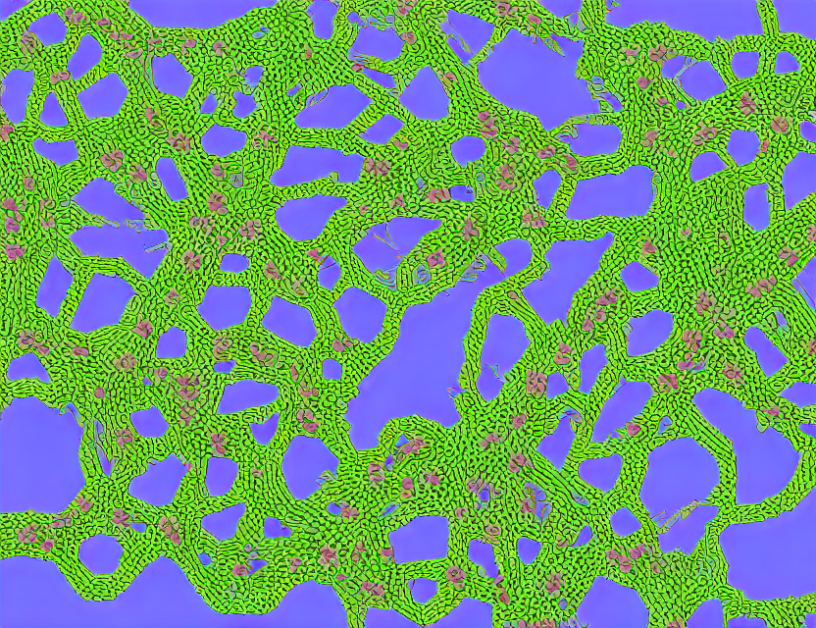In this article, we delve into the world of mathematics, specifically o-minimal structures, Euler calculus, and their application in topological data analysis. We explore these concepts with the aim of making them more accessible and understandable to a general audience.
O-minimal structures are like Lego blocks that we use to build shapes in math. These shapes can be tame or wild, depending on how they’re constructed. Tameness is a way of describing how "nice" a shape is, without any weird corners or angles. O-minimal structures help us capture this idea of tameness by providing a set of rules to follow when building shapes.
Now, imagine you have a bunch of blocks with different colors and shapes. You can use these blocks to build all sorts of things, like houses, cars, or even castles! But, if you want to make sure your castle looks like a real castle and not just a pile of blocks, you need some way to tell whether the blocks are correctly aligned and connected. That’s where Euler calculus comes in.
Euler calculus is like a magic wand that helps us analyze shapes by breaking them down into smaller parts. It’s a way of measuring how many corners or edges a shape has, or even how curvy it is! This wand can help us identify patterns and features in shapes that we wouldn’t have seen otherwise.
Finally, we introduce the ECT (Euler characteristic transform), which is like a special kind of magic paint that we can use to color in our shapes. This paint helps us visualize the underlying structure of a shape, making it easier to understand and analyze.
In summary, o-minimal structures provide a framework for building shapes with specific rules, Euler calculus helps us analyze those shapes by breaking them down into smaller parts, and the ECT gives us a way to color in those shapes and see their underlying structure. Together, these concepts help us make sense of complex shapes and patterns in a more intuitive and visual way.
Computational Geometry, Computer Science
Denable Homotopy Types and Euler Characteristics in Topological Data Analysis



